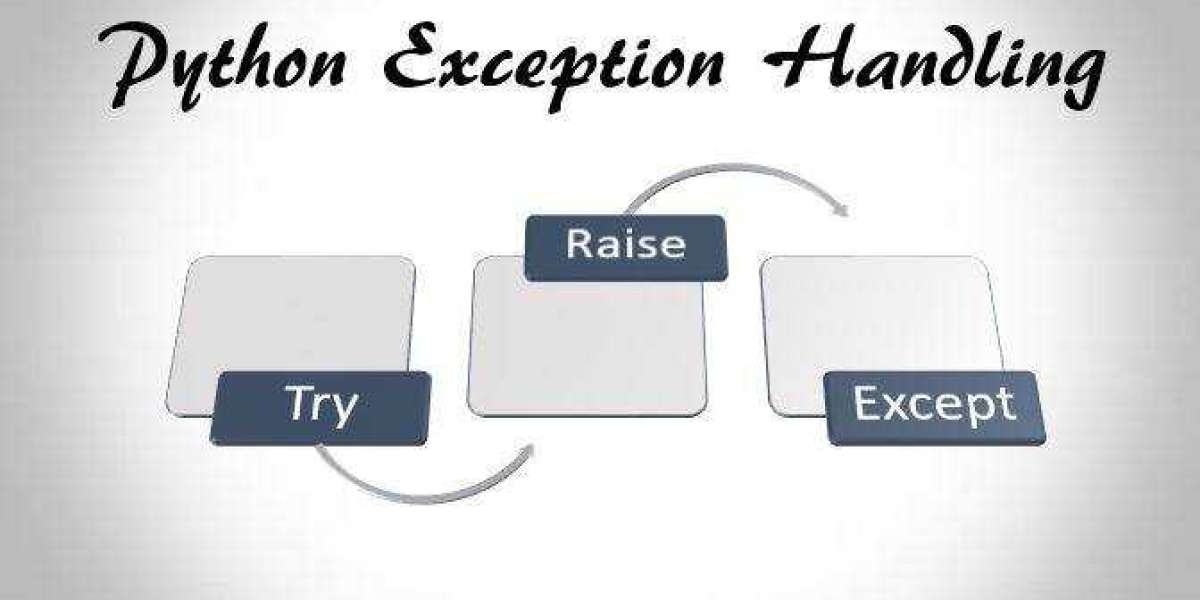
Custom exceptions can provide a level of detail in error messages that is not available with built-in exceptions. Exception classes bundled with libraries also follow conventions to help you identify the type of exception that occurred. An exception is an event that disrupts the normal flow of instructions. Python provides a way to handle these errors by using try-except blocks.
Exceptions
Python provides a set of built-in exception classes that you can use to handle errors and exceptional situations in your program. Depending on the type of error you're encountering, one of these may be a good fit for your situation. However, in many cases you'll need to create custom exception classes.
Often, the exception class you create can be used in a try... except block. If an exception occurs that matches the exception class named in the except clause, it will be handled and the code will continue.
A benefit of using exceptions is that they provide a lot of context around an error condition. For example, the exception name (such as GradeValueError) helps communicate what went wrong to other developers. The exception class itself also has a lot of useful information to help debug the problem. You can access this data by looking at the __cause__ attribute of an exception object. Typically, the exception object will have a tuple of values.
Errors
Python has a robust set of tools to help ensure that your code doesn't crash or behave unexpectedly. One of these tools is exception handling, which allows you to catch errors and continue the program's execution.
Exceptions are objects in Python, and like all objects they have a number of methods that can be called on them. The __str__ method is used to print an exception's default description, while the __repr__ method returns a custom string representation of the exception.
The Exception class has a __cause__ method that is used to set the cause of an exception. By default, this method returns None. The __cause__ method can be overridden to return a different value, such as the name of the exception or a function that caused the exception. This information can then be displayed in the standard traceback.
Messages
Python has a rich set of built-in exceptions structured in a class hierarchy that begins with the BaseException class. However, for some applications, it's more practical to define your own custom exception class rather than relying on the standard set of built-in exceptions.
For example, if you're writing a library to handle certain kinds of input values, it makes sense to create a custom "grade value out of range" exception rather than just using a regular IndexError. This lets you give a more detailed error message about the specific problem.
When a custom exception is raised, it is attached to an object called an exception traceback. You can access this object through the.__traceback__ attribute, which is writable. This object provides details about the exception and where it originated. This information can help you troubleshoot your code. The exception's name is also printed in the traceback, which helps communicate what caused it. This is particularly useful when exception handling is used in a try/except block.
Handling
A custom exception class is a great way to improve code readability and provide users with information specific to their use case. Custom exceptions can be derived from the base Exception class and override several methods. These methods include str, repr, and cause.
The try block will catch all errors until it reaches the except clause. The except block can catch different types of errors and if an error is not caught by the except block, it will be raised as a standard Python error.
Each except clause can handle a specific exception group, such as IndexError and ZeroDivisionError. The except clauses are placed in a sequence and any exception that is not caught by an except clause will be raised as a standard python exceptions. A standard error is not necessarily a syntax error, but it could be a problem with data or the environment. A standard error does not have a message, but if you want to send a message then the raise statement is used.








